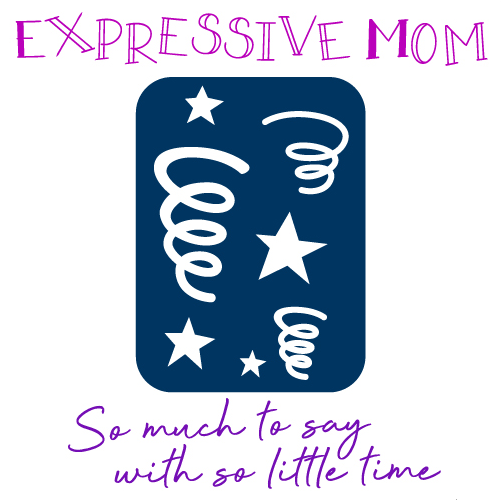More and more studies have been done about Sudden Infant Death Syndrome, better known as SIDS. The risk of losing a child to SIDS has worried parents for decades, but with these new studies, scientists are learning more about the cause. However, even if the cause is something genetic or developed, that doesn’t mean parents can be less vigilant in ensuring safe sleeping environments for their children. Keep reading to learn what you need to know about SIDS and sleep.
What Causes SIDS?
SIDS has been previously used to explain the otherwise unexplainable sleeping deaths of children less than a year old. These children are typically healthy, with no health problems that would cause such a young death. Parents have been hyper-vigilant for decades to try to prevent these unexplainable SIDS deaths from happening, but they continue to do so.
Recent studies are starting to suggest that SIDS does have a genetic or developmental cause. Researchers have discovered that children who died from SIDS had brain defects, specifically in the part of the brain that controls breathing and sleep arousal. A normal child may recognize that they aren’t getting enough air while they sleep and wake up, thereby waking up the parents. However, children with this brain defect would not wake up and potentially perish instead.
What Constricts Their Air?
A combination of this brain defect and lack of air may cause SIDS. But what constricts a baby’s air in the first place? Certain sleeping positions can make it more difficult for young babies to breathe. The safest sleeping position for your baby is on their back, so nothing blocks their airway. Sleeping with something extremely soft or fluffy, such as a stuffed animal or blanket, can also increase SIDS risk because they could accidentally cover the child’s face. Hot sleeping temperatures can also make it difficult for your child to breathe.
What Can You Do to the Sleep Environment?
First, make sure your baby is in an appropriately sized crib for their age and size. Try to use a medium-firm to firm crib mattress. Position your baby on their back as they fall asleep, and do not cover their head with a hat or their body with a blanket. Hats can cause overheating, and blankets can accidentally cover airways. Do not place anything in the crib with your baby. That means no stuffed animals, toys, pillows, or anything else that could fall over your child’s airways or could be picked up and put over their face. Install a baby monitor or allow your baby to sleep in your room so you’re always aware of how they’re sleeping.
Recent studies are changing what you need to know about SIDS and sleep. Now that we know more about potential brain defects playing a factor in these tragic losses, parents can work to get their children tested. However, providing a safe sleeping environment with no factors that could constrict your baby’s airflow is important regardless of how the recent studies continue to develop. Make sure your baby is secure every night before you go to sleep and that you continue to monitor them until they are at least a year old. You’ll both sleep better if you do.



Connect With Me !